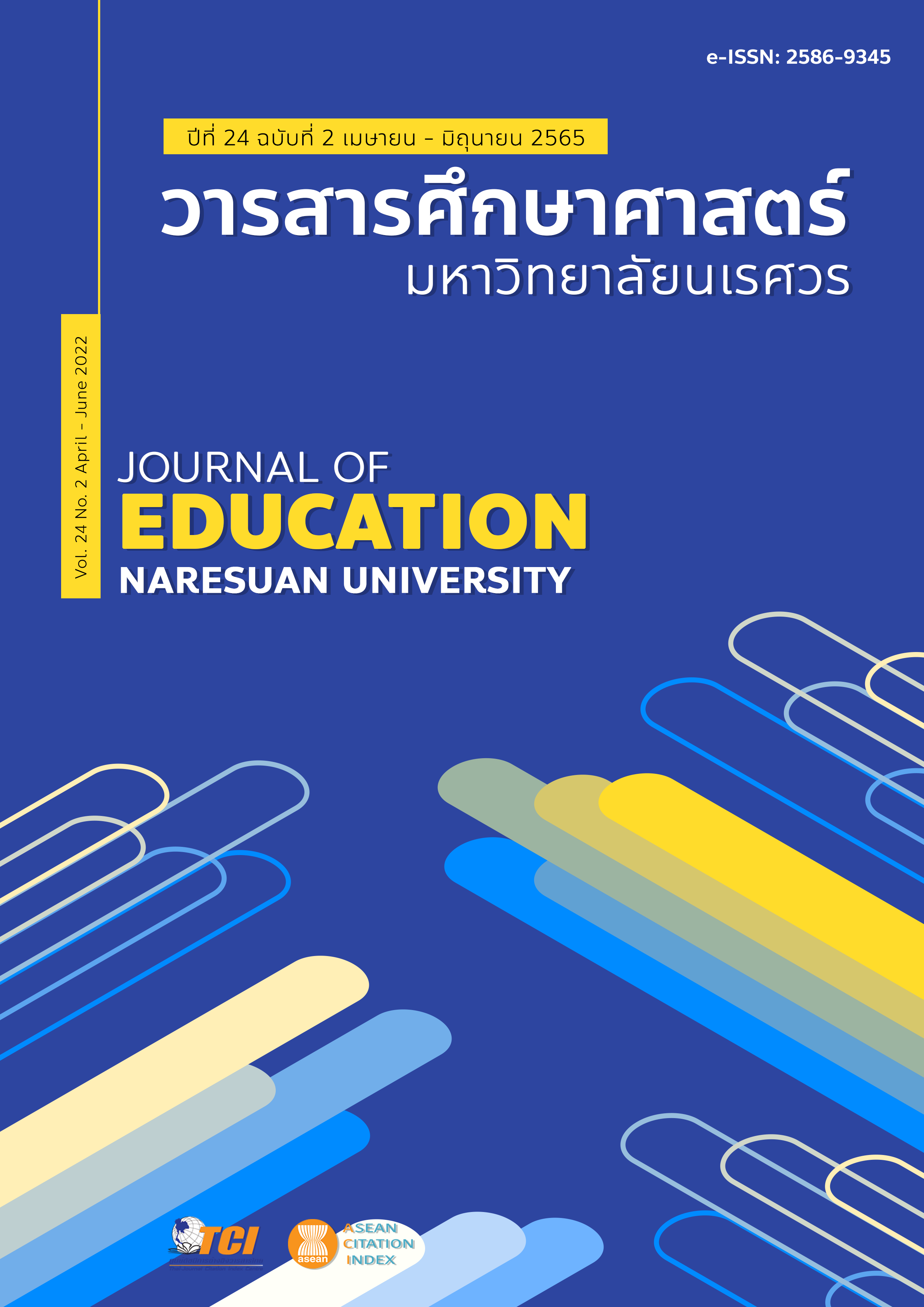BARRIERS IN TEACHING-LEARNING PROCESS IN SECONDARY MATHEMATICS: A CLAMOUR FOR STERLING IMPROVEMENT
Main Article Content
Abstract
The purpose of this study was to evaluate the perceived barriers in teaching- learning process in Mathematics specifically in Junior High School in terms of Pedagogy, Curriculum, Attitude towards Mathematics and Organization and Social Climate of the Classroom. This study used a descriptive survey design to collect information. The respondents of this study are the Mathematics teachers and students. Universal sampling and Stratified proportional random sampling employed in this study. In the gathering, analysis and treatment of data, the researcher used a modified questionnaire and adequate statistical tools. It showed that the Teaching-Learning of Mathematics can be influenced by pedagogy used to teach the subject and poor pedagogy could result to poor performance of learners in the subject. It also shows the Lack of regular In-Service Training of the Mathematics teachers, the sitting arrangements of learners in the class and the lack of supplementary materials/tools/aids are all posed barriers in teaching-learning Mathematics. It is highly recommended that teachers must engage different strategies in their math classes, motivate and expose students in different math activities; teachers must also be provided by all the necessary materials that they are needed in their classes and positive and harmonious atmosphere between teacher and students in math class must be present all the time.
Article Details

This work is licensed under a Creative Commons Attribution-NonCommercial-NoDerivatives 4.0 International License.
The owner of the article does not copy or violate any of its copyright. If any copyright infringement occurs or prosecution, in any case, the Editorial Board is not involved in all the rights to the owner of the article to be performed.
References
Atweh, B. (2001). Continuous In-Service professional development of Teachers and school change: Lessons from Mexico. In Atweh, B., Forgasz, H., Nebres, B. (Eds.). Sociocultural Research in Mathematics Education an international perspective. London: Lawrence Erlbaum Associates (LEA) publishers.
Brown, D., Salim, M., Chavalimu, E., & Fitzhugh, H. (1988). Intake, selection, apparent digestibility and chemical composition of Pennisetum purpureum and Cajanus cajan foliage as utilized by lactating goats. Small Rumin. Res., 1, 59-65.
Engelbrecht, B., Comita, L., Condit, R., Kursar, T. A., Tyree, M. T., Turner, B. L., & Hubbell, S. P. (2007). Drought sensitivity shapes species distribution patterns in tropical forests. Nature, 447, 80–82. https://doi.org/10.1038/nature05747
Gezahegn, Y. B. (2007). Barriers to teaching and learning mathematics in grade four (Master thesis). Norway: University of Oslo. Retrieved from http://www.duo.uio.no/sok/work.html
Goodrum, D., Druhan, A., & Abbs, J. (2011). The status and quality of year 11 and 12 science in Australian Schools. Retrieved from https://www.asianscientist.com/wp-content/uploads/2011/12/The-Status-and-Quality-of-Year-11-and-12-Science-in-Australian-Schools.pdf
Mapolelo, D. C. (2009). Students' experiences with mathematics teaching and learning: Listening to unheard voices. International Journal of Mathematics Education in Science and Technology, 40(3), 309-322. https://doi.org/10.1080/00207390802642229
Pia, K. F. (2015). Barriers in teaching learning process of mathematics at secondary level: A quest for quality improvement. American Journal of Educational Research, 3(7), 822- 831.
Silva, E., Ullu, E., Kobayashi, R., & Tschudi, C. (1998). Trypanosome capping enzymes display a novel two-domain structure. Mol Cell Biol, 18(8), 4612-9.
Snoeyink, R., & Ertmer, P. A. (2001). Thrust into technology: How veteran teachers respond. Journal of Educational Technology Systems, 30(1), 85–111. https://doi.org/10.2190/YDL7-XH09-RLJ6-MTP1
Taylor, P. (2006). Challenging mathematics and its role in the learning process. Lecturas Matem´aticas, 349-359. Retrieved from www.scm.org.co/Articulos/867.pdf


